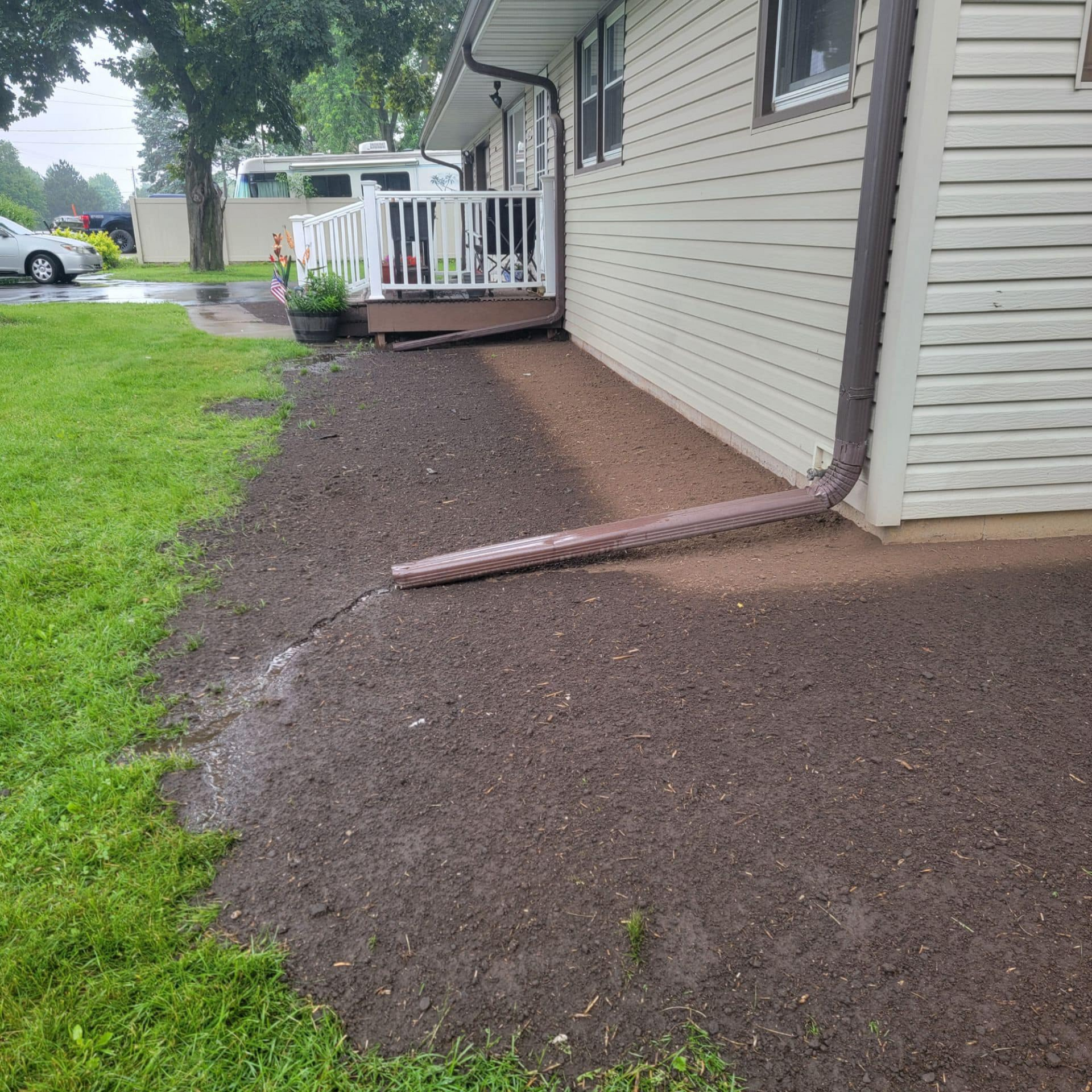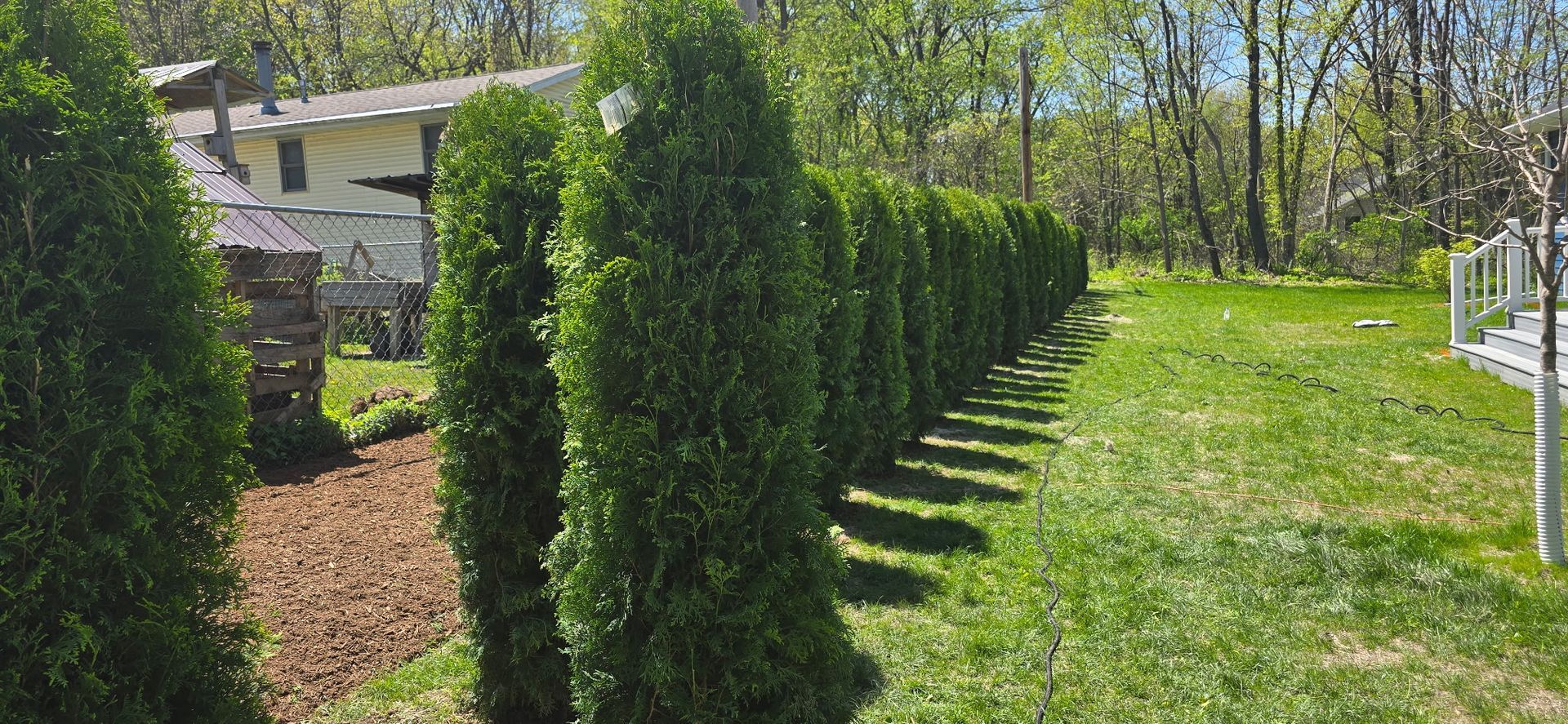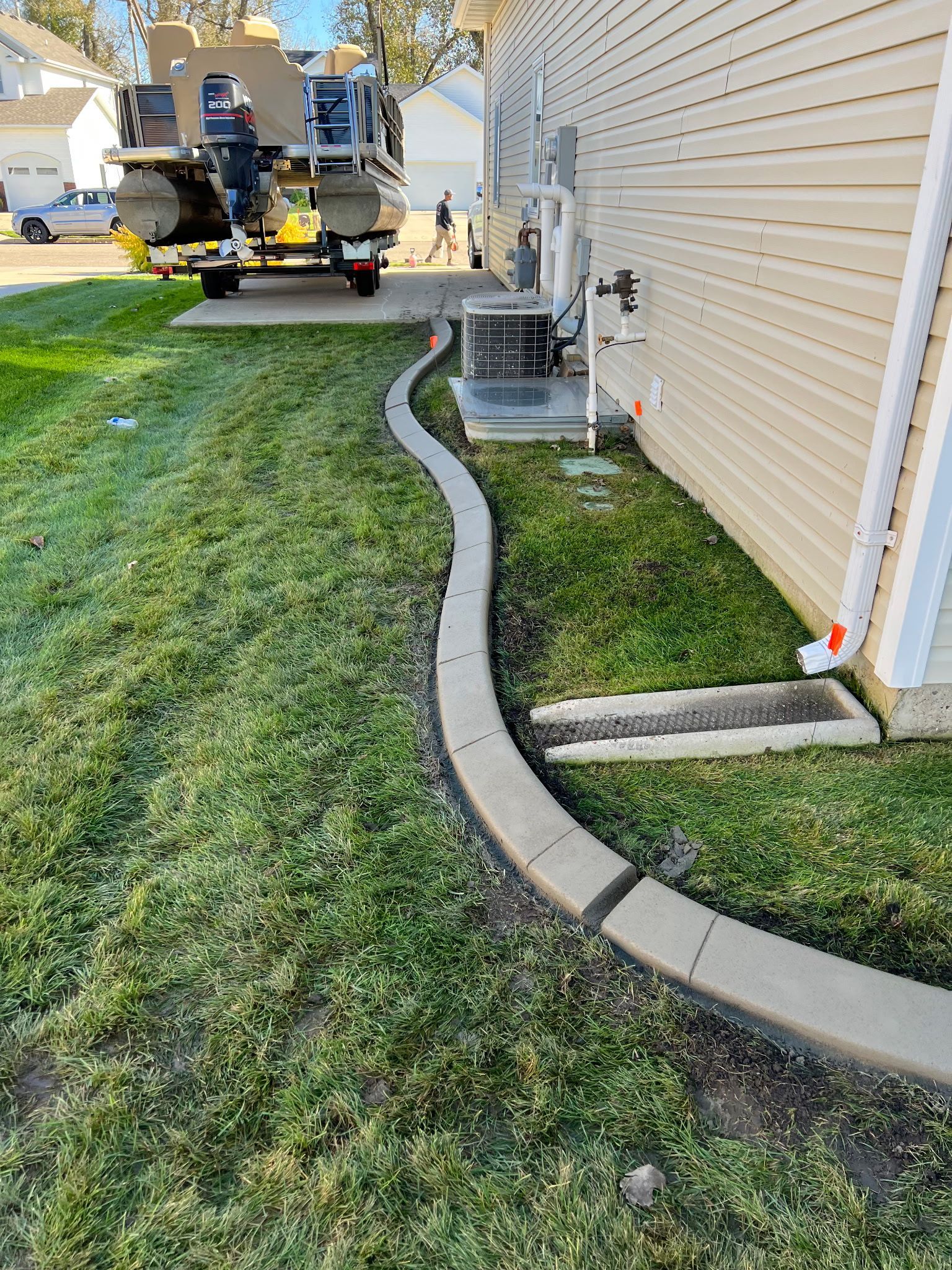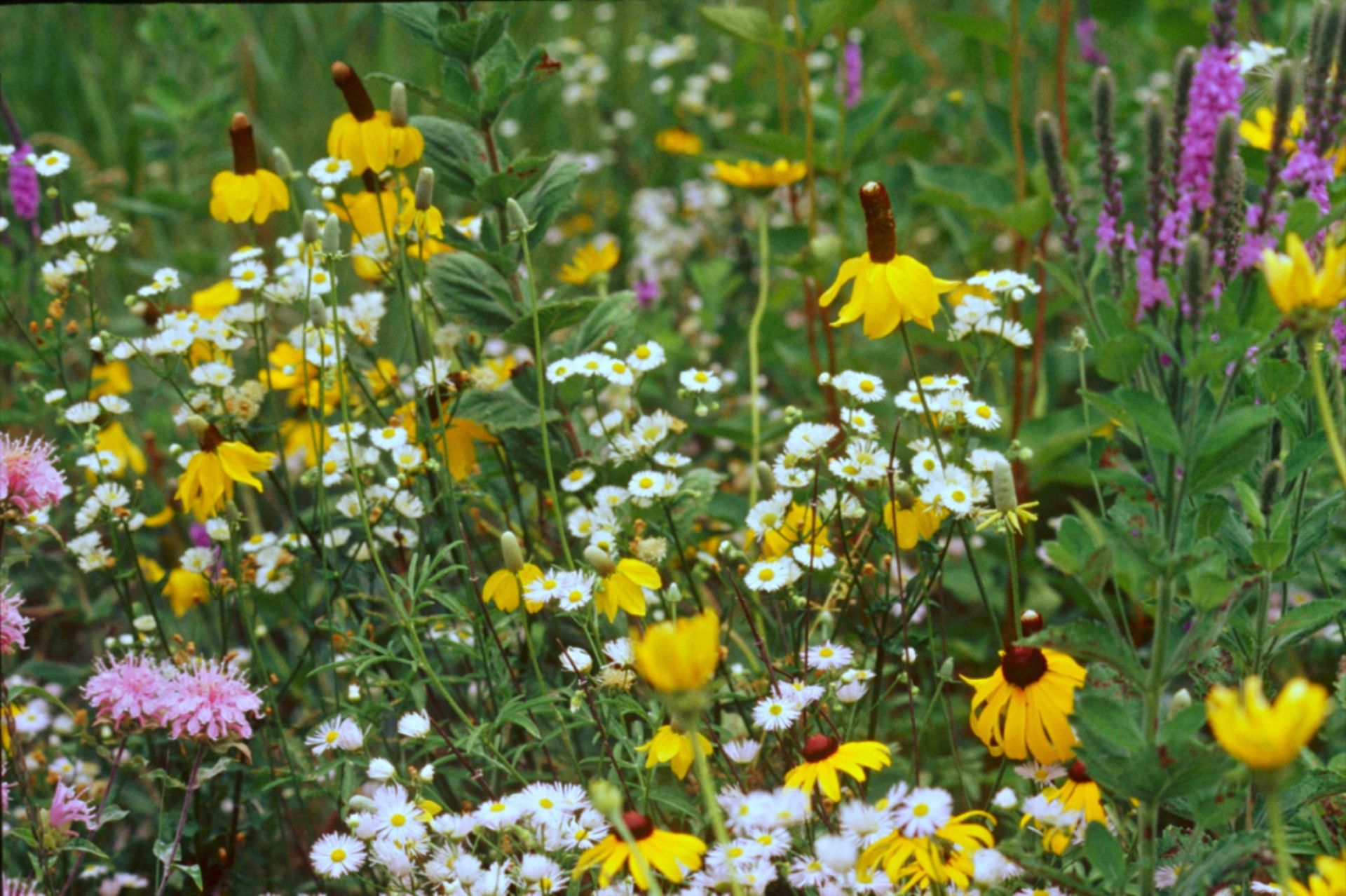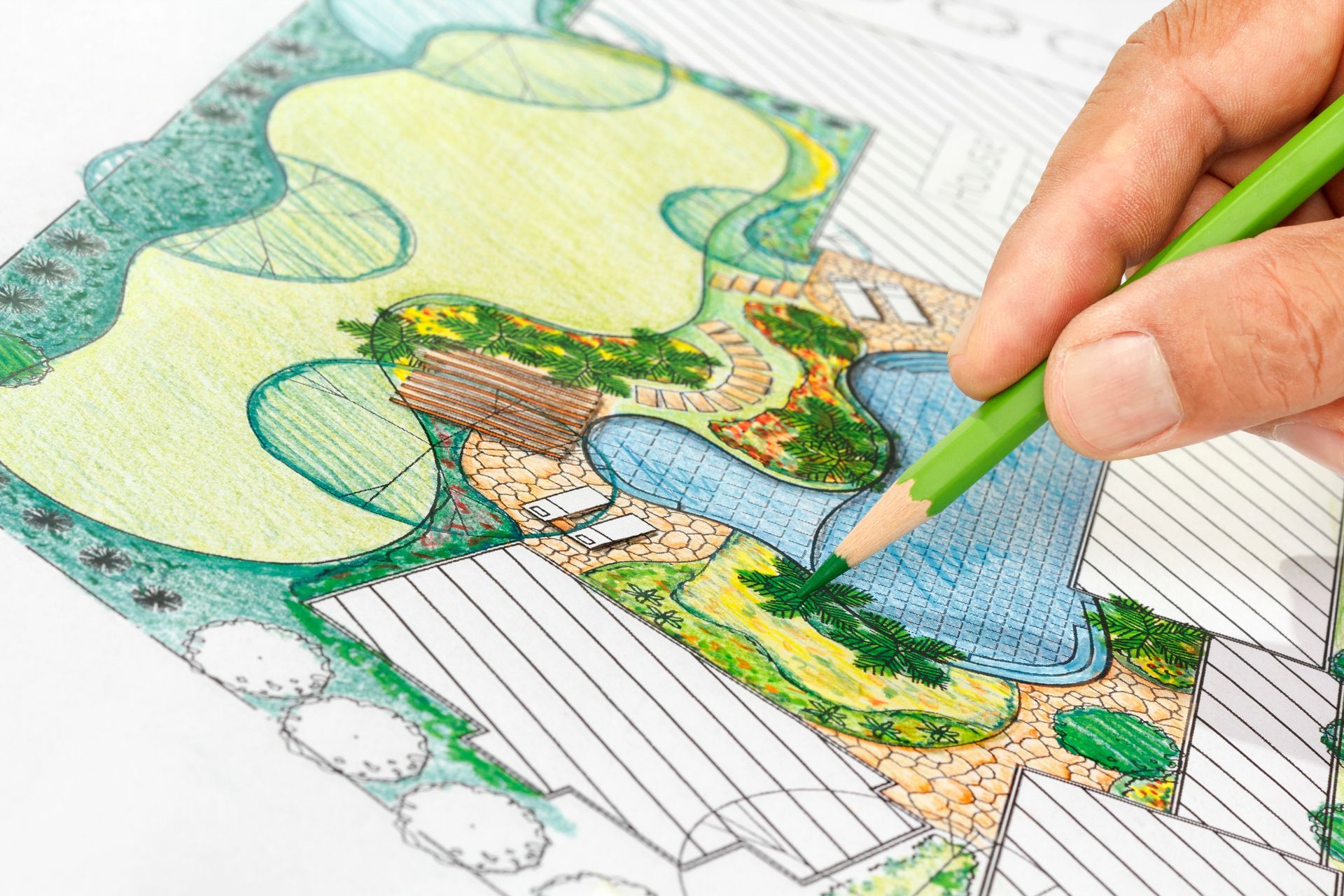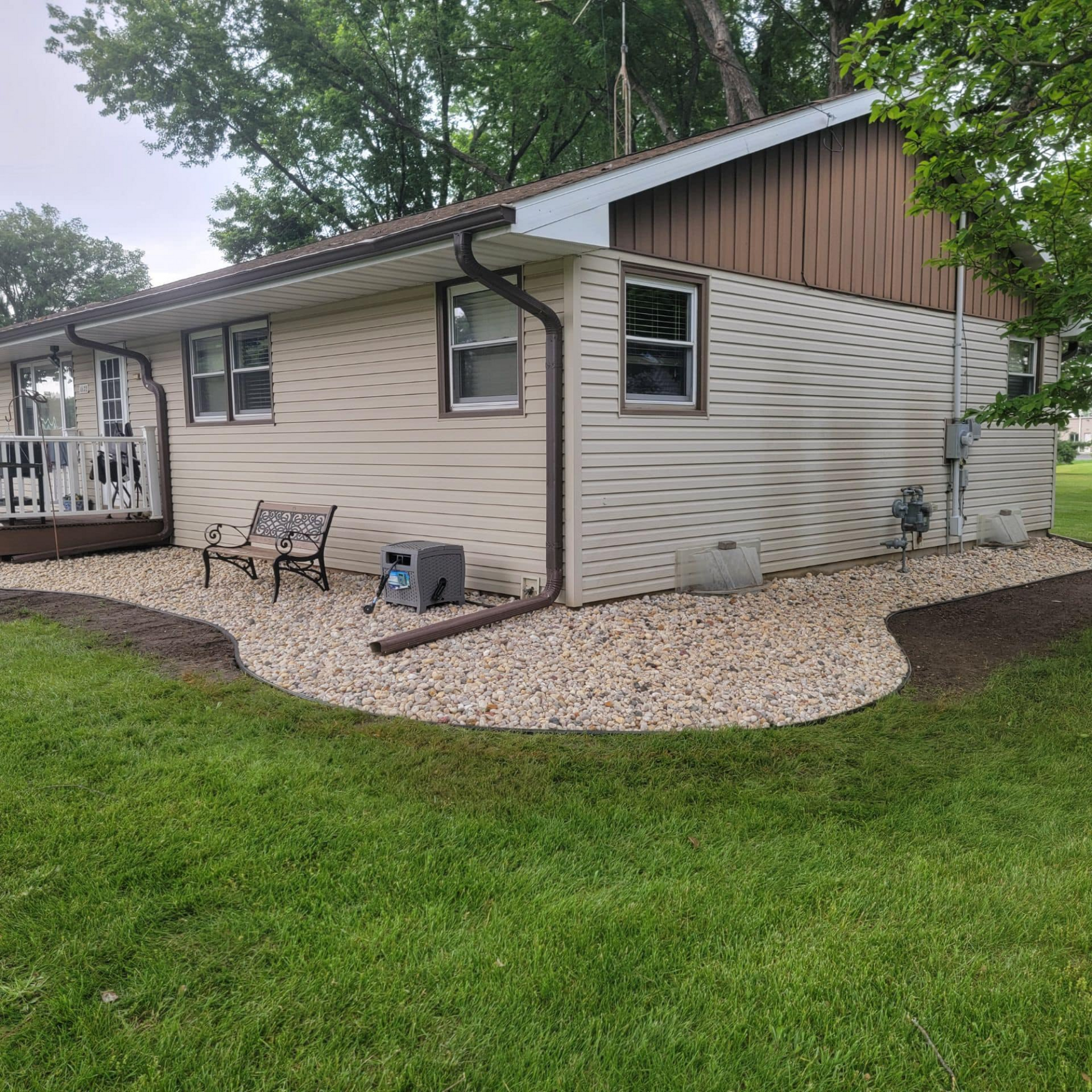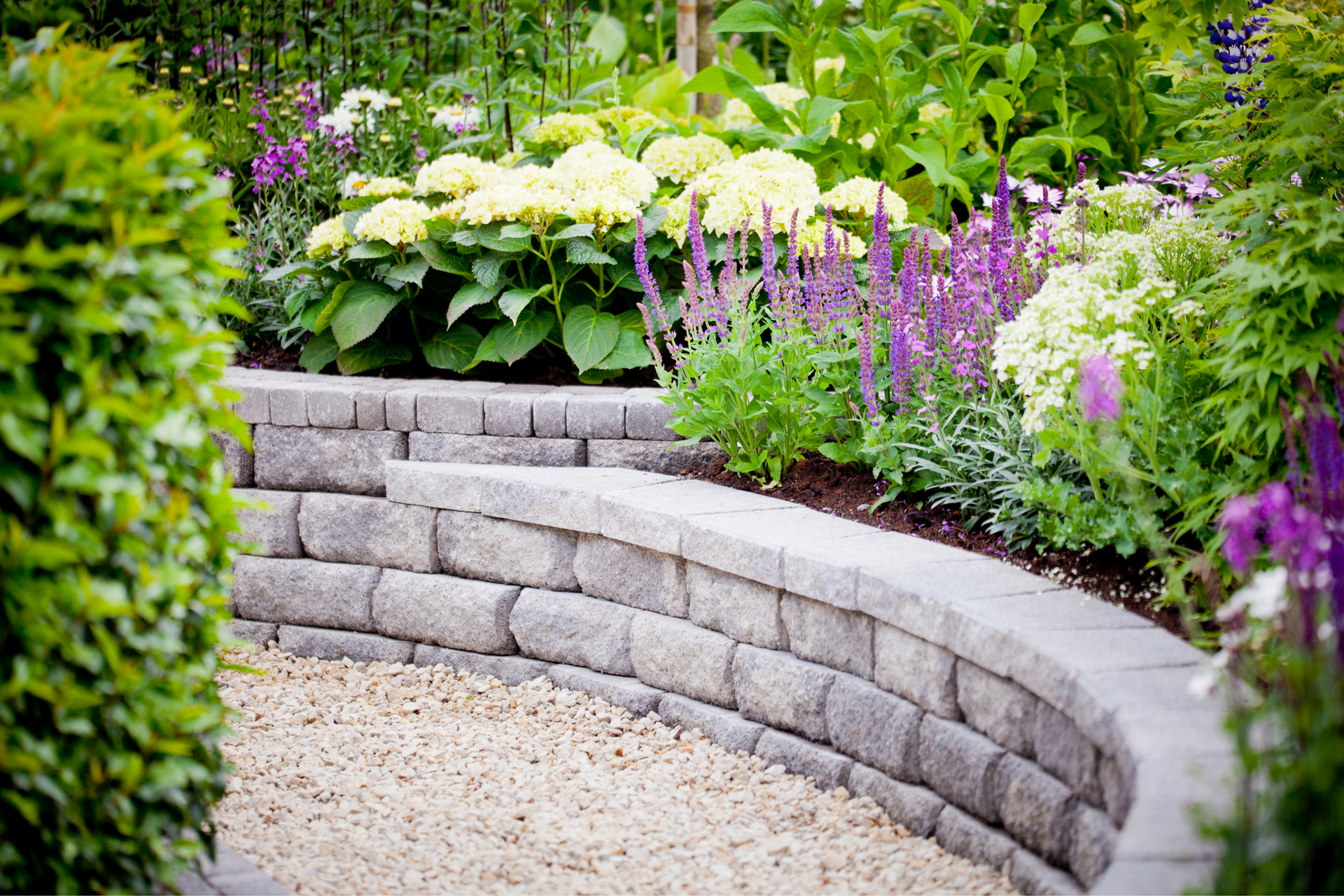Fall Planting for Pollinators
Refresh your wildflower and prairie grass spaces with smart seasonal timing for Southern Wisconsin
Why Fall is the Best Time to Plant
In Southern Wisconsin, fall provides the perfect window for seeding wildflowers and prairie grasses. Cooler temperatures, shorter days, and increased rainfall create ideal conditions for establishing pollinator-friendly landscapes. Planting in autumn allows seeds to:
- Experience the natural freeze–thaw cycle, which breaks dormancy for many native species.
- Settle into the soil without competition from aggressive summer weeds.
- Germinate strongly in spring, resulting in healthier, more resilient plants.
Timing Reminders for Success
To maximize results, homeowners and landowners should keep these key points in mind:
- Seed in Late Fall: The best time is after the first hard frost (usually late October through November in Southern Wisconsin). This ensures seeds won’t sprout prematurely.
- Prepare the Soil: Clear weeds, lightly rake or till the top layer, and firm the soil to improve seed-to-soil contact.
- Mix Native Varieties: Blend wildflowers with prairie grasses to provide structure, suppress weeds, and support pollinator habitats year-round.
- Avoid Heavy Mulching: Leave seeds exposed to natural weathering; mulch can block light and moisture.
Benefits for Pollinators and Ecosystem Health
Fall seeding isn’t just about a beautiful prairie garden — it’s about supporting the entire ecosystem:
- Pollinators Thrive: Bees, butterflies, and other beneficial insects rely on diverse nectar sources that native wildflowers provide.
- Birds Benefit: Prairie grasses and flowers produce seeds that sustain local bird populations through winter.
- Soil & Water Health: Deep-rooted native plants reduce erosion, improve soil stability, and enhance groundwater recharge.
- Resilient Landscapes: Native prairies are drought-tolerant, low-maintenance, and adapted to Wisconsin’s climate.
Refreshing Your Prairie Plantings
Even if you’ve already established a prairie or wildflower patch, fall is a great time to overseed thin areas or diversify plant mixes. By adding new varieties each year, you improve bloom timing, increase habitat diversity, and ensure a steady food supply for pollinators from spring through fall.
Why Work with Rote’s Landscaping & Waterproofing
Establishing a successful prairie requires more than tossing seed — it takes planning, timing, and knowledge of local conditions. At Rote’s Landscaping & Waterproofing, we:
- Recommend the right seed blends for Southern Wisconsin soils.
- Prepare and grade soil for proper drainage and root establishment.
- Provide follow-up maintenance guidance to ensure long-term success.
Plant for Tomorrow, Starting This Fall
A well-planned fall planting sets the stage for vibrant spring growth, stronger pollinator populations, and healthier ecosystems across Southern Wisconsin.
Contact Rote’s Landscaping & Waterproofing today to plan your fall seeding project and build a landscape that supports both beauty and biodiversity.

